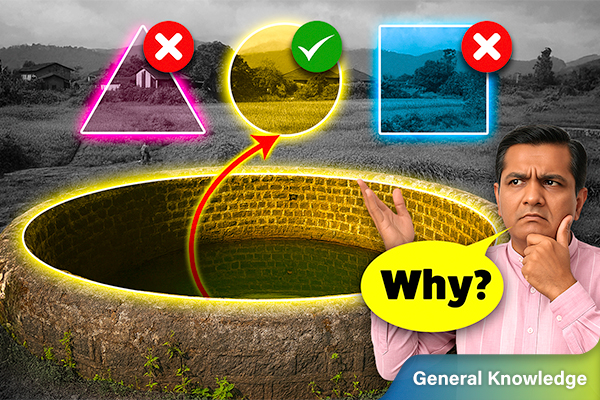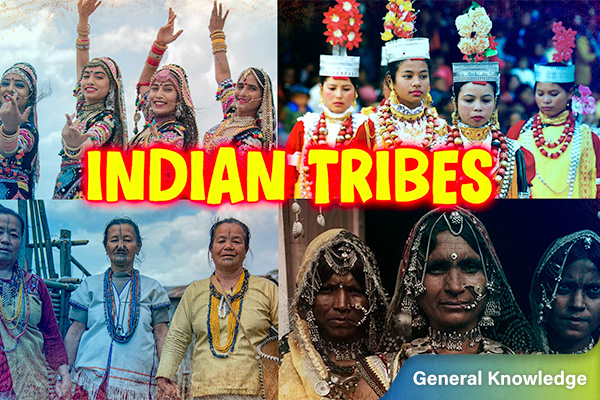Why Does India Have So Many Vegetarian Dishes?
India has a long history of vegetarianism influenced by religion, mythology, geography, and culture, though food habits still vary by region and lifestyle.
Have you ever wondered why India has so many vegetarian dishes—like dal, sabzi, chapati, and paneer—while in many Western countries, meat and fish dominate the menu?
Vegetarianism in India is thousands of years old. It is linked to ahimsa, the idea of non-violence toward all living beings. This idea is very important in Hinduism, Jainism, and Buddhism. Hindu texts like the Vedas and Upanishads talk about sattvic food—pure, plant-based meals that help calm the mind and body.
Jainism goes even further. Jains avoid root vegetables like onions, garlic, and potatoes to protect tiny creatures in the soil. Early Buddhism also encouraged eating with compassion. Over time, these spiritual beliefs shaped India’s love for plant-based food.
India’s geography made vegetarianism practical. From the Himalayas in the north to the deserts of Rajasthan, from the fertile Gangetic plains to the forests in the South and Northeast, and the coastal belts along the Arabian Sea and Bay of Bengal, India has a very diverse landscape.
The monsoon season helps crops grow almost all year. Farmers grow many vegetables, grains, fruits, herbs, and spices. Each region has its specialties: leafy greens in Himachal, jackfruit and coconut in Kerala, millet in Rajasthan, and special herbs in the Northeast. This variety made vegetarian food easy to find across India.
Indian mythology also celebrates plant-based food. Goddess Shakambhari, a form of Durga, is believed to have fed humans with vegetables, fruits, and herbs during a famine caused by a demon. Her name means “one who bears vegetables,” showing that vegetarian food was considered sacred and nourishing.
Over time, religion and history reinforced vegetarianism. During the Vedic period, some rituals included meat, but the idea of ahimsa became stronger. Saints of the Bhakti movement (8th–17th century CE) like Kabir, Mirabai, Tulsidas, and Tukaram promoted simple, pure diets. Temples began offering vegetarian prasad and free meals, a tradition still followed today in places like the Sikh langar.
Today, about 20–40% of Indians are vegetarians, one of the highest rates in the world. Some towns, like Palitana in Gujarat, are officially vegetarian because of Jain influence. Around holy sites like the Ram Janmabhoomi Temple in Ayodhya, meat sales are restricted out of respect for devotees.
However, not all Indians are vegetarian. People in coastal states like Kerala, Goa, Maharashtra, and the Northeast regularly eat fish, chicken, and meat. Among vegetarians, some eat eggs, and some avoid onions and garlic for religious reasons, especially in Vaishnav and Jain traditions.
Urban India is changing too. With modern lifestyles, higher incomes, and global food trends, meat and fast food are becoming more popular, especially among young people.
India’s vegetarian culture is a mix of religion, mythology, geography, and history. From fertile lands and abundant crops to the spiritual belief in non-violence, many factors encouraged plant-based eating. At the same time, diversity remains—what people eat depends on their region, beliefs, and lifestyle.







